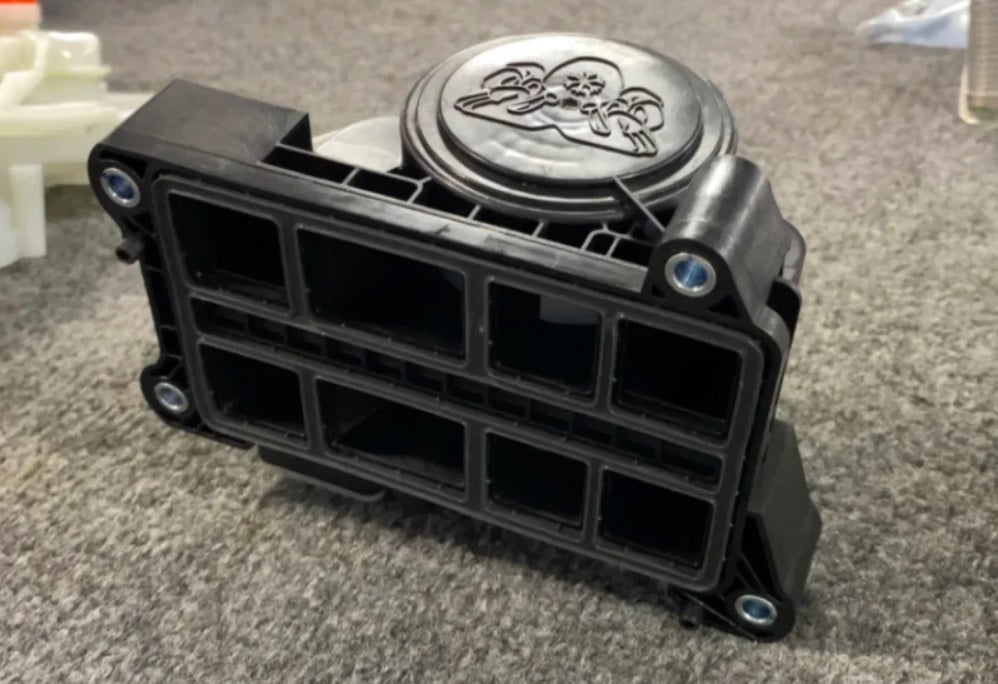Heating the cabin is important but the bigger question is how much ENERGY would be required to warm and maintain the cell temps given the following three conditions. (Heating the battery via the motor stator windings has many none insulated surfaces, where the heat generated, will be lost, ie.. motor/inverter housings coolant lines, pumps, valves etc..)
1.) Warm and maintain the battery cell temps to 0F? (which would give no regen, reduced power, bad efficiency)
2.) Warm the batteries to 39F+ to allow L2 charging then, when active battery heating is stopped, how long would it take to drop back to 0F going down the road with ambient temps at -67F? (Little to no regen)
3.) Heat the HV battery to at least 70F to allow for some level of Super Charging (Would not be fast!)
I suspect any highway drive of any reasonable distance would not be practical with ambient temperatures around -67F, but I am open to being proved wrong.
I have stayed in Fraser Colorado area a few times where the nighttime temps dipped below -40F to -50F and the daytime temps never got above 0F; therefore, I have pondered how I would handle my 2018 M3 RWD parked outside, not plugged in, in those conditions. I would probably just take/rent an iCE car and keep a can of starter fluid and a good Jumpstarter in the hotel room at night (could even bring the 12V starter battery inside but that would be somewhat extreme unless it was close to end-of-life).



